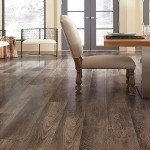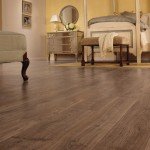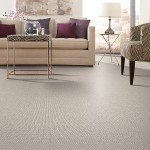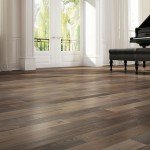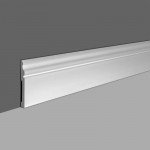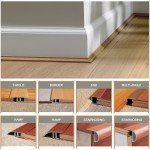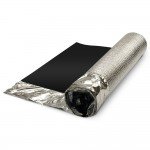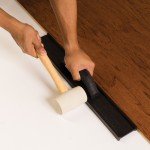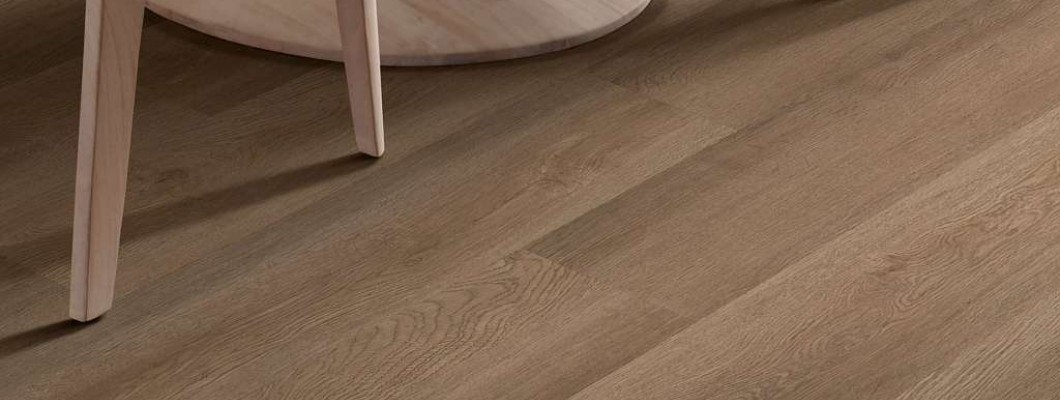
We have compiled the 7 most frequently asked questions about
vinyl flooring by our customers for you.
- How
do you clean vinyl flooring?
Vinyl flooring is generally easy to
clean and maintain. Here are a few steps to follow for regular cleaning:
· Sweep or vacuum the floor to remove
any loose dirt or debris.
· Mix a mild detergent with warm water
in a bucket. Avoid using abrasive or strong cleaning chemicals, as they can
damage the flooring such as vinegar.
· Soak a mop or sponge into the
cleaning solution, wring out any excess liquid, and use it to clean the floor.
· Wipe the floor with clean water and
dry it with a clean, dry mop or cloth.
· For tougher stains, such as oil or
paint, use a specialized cleaner made specifically for vinyl flooring.
- How
do you install vinyl flooring?
There are several ways to install
vinyl flooring, but one of the most common methods is a floating installation.
Here are the basic steps for a floating installation:
· Prepare the subfloor: The subfloor
should be clean, smooth, and level. Any imperfections or uneven areas should be
repaired before installing the vinyl flooring.
· Measure the room: Measure the length
and width of the room to determine how much vinyl flooring you will need. Add
about 10-15% to your measurements to account for waste and cutting.
· Lay out the vinyl flooring: Lay out
the vinyl flooring in the room, allowing it to acclimate to the temperature and
humidity for at least 24 hours. This will prevent shrinking or expansion after
installation. You don’t need to cut open boxes.
· Cut and fit the vinyl flooring: Use a
utility knife or a vinyl cutter to trim the vinyl flooring to fit the room.
Leave a 1/4-inch expansion gap around the edges of the room to allow for
expansion and contraction.
· Assemble the vinyl flooring: Align
the planks or tiles and connect them according to the manufacturer's
instructions. Usually, it is a click-lock system and no adhesive is required.
· Trim the edges: Use a utility knife
to trim the edges of the vinyl flooring along the wall and door frames.
· Enjoy your new vinyl flooring!
It is recommended to get professional
help to ensure that the installation is done properly and to get a better
finish.
- Is
vinyl flooring durable?
Vinyl flooring can be durable, but
the durability of a particular vinyl flooring product can depend on a variety
of factors, such as its thickness, quality, and level of wear-resistance (also
known as wear-layer).
Vinyl flooring is composed of
multiple layers and the thicker the wear layer on top of it, the more durable
it will be. 6 mil (mil as in 1000th of an inch, not to be confused
with millimeter) to 20 mil is recommended for residential, and 12 mil to 30 mil
is recommended for commercial.
Vinyl flooring can withstand heavy
foot traffic and is resistant to scratches, scuffs, and dents. It is also
water-proof, making it a good option for rooms like bathrooms and kitchens.
However, it can be damaged by sharp objects and excessive heat, so it's
important to be mindful of these things.
In general, vinyl flooring is
considered to be a durable, low-maintenance, and cost-effective flooring
option.
- How
do you remove stains from vinyl flooring?
Here are a few steps for removing
stains from vinyl flooring:
· Wipe off as much of the stain as
possible with a clean, white cloth or paper towel.
· For mild stains, such as food or
drink spills, use a solution of warm water and mild detergent. Dip a cloth or
sponge into the solution, wring out any excess liquid, and use it to clean the
stained area.
· For tougher stains, such as oil or
paint, use a specialized cleaner made specifically for vinyl flooring. Follow
the manufacturer's instructions for use.
· For tough stains that are not
responding to basic cleaning methods, it is recommended to use a paste made of
baking soda and water. Apply the paste to the stain, let it sit for a few
minutes, then scrub the area with a soft-bristled brush. Please test it out on
a scrap piece to ensure satisfactory result before applying on the actual
floor.
· Rinse the floor with clean water and
dry it with a clean, dry mop or cloth.
- How
do you repair vinyl flooring?
Here are a few steps for repairing
small scratches or damages in vinyl flooring:
· Clean the affected area: Sweep or
vacuum the area to remove any dirt or debris, then clean the area with a mild
detergent and warm water.
· Cover small holes: If the hole is
small, you can use a vinyl patching compound to fill it in. Follow the
manufacturer's instructions for mixing and applying the compound, and then let
it dry completely before walking on it.
· Replace a damaged tile or plank: If
the damage is extensive, such as a large hole or a missing tile, it may be
necessary to replace the damaged section. You can purchase a replacement tile
or plank that matches the existing flooring, and then cut and fit it into
place.
· Once the repair is done, clean the
area again and let it dry before walking on it.
It is recommended to get professional
help if you are not comfortable with the repair process, to ensure that the
repair is done properly and to get a better finish.
- How
do you remove scratches from vinyl flooring?
Removing scratches from vinyl
flooring can be challenging, but here are a few methods that may help:
· Use a vinyl floor repair kit: These
kits typically include a color-matching putty that can be used to fill in scratches.
· Apply a coat of furniture polish:
Some people have had success using a coat of furniture polish to reduce the
appearance of scratches. Be sure to use a polish that is safe for use on vinyl.
· Sandpaper: Sand the scratch with a
fine-grit sandpaper, being careful not to sand too much and cause further
damage.
· Scratch remover: There are special
scratch removers available in the market that can be used to remove scratches
from vinyl flooring.
- How
do you remove adhesive from vinyl flooring?
Here are a few steps for removing
adhesive from vinyl flooring:
· Scrape off as much of the adhesive as
possible using a plastic scraper or putty knife. Be sure to hold the blade at a
slight angle to avoid scratching the vinyl.
· Use a solution of warm water and mild
detergent to soften the remaining adhesive. Dip a cloth or sponge into the
solution, wring out any excess liquid, and use it to clean the adhesive.
· For tough adhesive residue, use a
commercial adhesive remover or a mixture of equal parts white vinegar and warm
water. Be sure to follow the manufacturer's instructions for use.
· For adhesive residue that is still
difficult to remove, try using rubbing alcohol. Apply it to the adhesive with a
cloth, and then use a plastic scraper to remove the adhesive.
· Once the adhesive is removed, clean
the area again with warm water and mild detergent and dry it with a clean, dry
mop or cloth.
It's important to test any method in
an inconspicuous area before using it on the entire floor to ensure that it
won't damage the vinyl.

